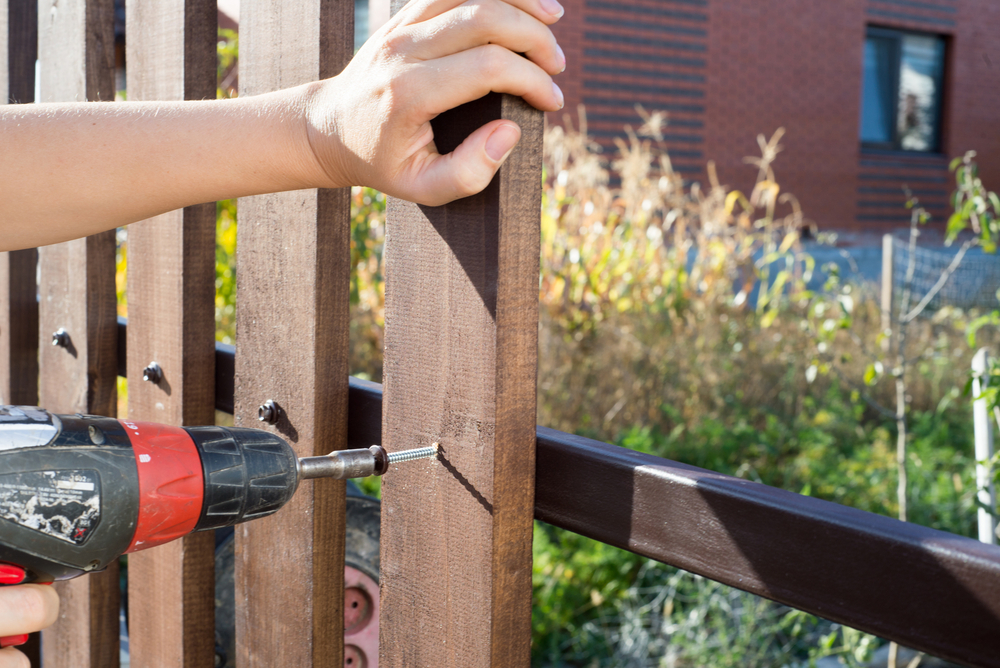There are a few common questions that clients tend to have when a fence of any kind is being installed on their property, many of which relate to the spatial dimensions of the would-be fence. One such question, which is important to understand for a few reasons: How far apart should fence posts be placed?
At Utah Fence Warehouse, we’re here to assist clients around Layton and nearby areas of Utah with all their fencing contractor needs, offering products ranging from vinyl fencing and wood fencing to chain link, wrought iron and other fence materials. We also help with installation to whatever degree you require it, including important assistance with fence post spacing and placement. This two-part blog series will go over everything you need to know about ideal fence post spacing depending on which material you’re utilizing and some other factors.

Why is Fence Post Spacing Important?
Before we get into the specifics of fence post spacing, let’s first address why it’s important in the first place. Fence posts are an integral part of any fence structure, providing stability and support to keep the fence upright and secure.
If posts are placed too far apart, they may not be able to adequately support the weight of the fence paneling or withstand external forces such as strong winds. On the other hand, if they are placed too close together, it may result in an unnecessary increase in material and labor costs. Additionally, improper spacing can also lead to uneven weight distribution which can cause the fence to lean or even collapse over time.
Panels or Pickets?
One common confusion when it comes to fence post spacing is whether to consider the width of panels or pickets. Panels are large sections of fencing material, while pickets are individual vertical boards that make up a panel.
In general, you should base your post spacing on the width of your panels rather than pickets. This will ensure proper stability and support for the entire structure.
Our next several sections, and on into part two of our series, we’ll go over some common spacing formats and concepts for the most frequently-used fencing materials.
Wood Fence Post Spacing
When it comes to wood fence materials, the standard distances for post spacing will usually be between 5 and 8 feet or so. This is for a typical residential fence; for commercial or industrial properties, this distance may increase depending on the size and purpose of the fence.
It’s also important to note that the specific type and quality of wood being used can play a role in determining ideal post spacing. Thicker, sturdier wood may allow for wider post spacing, while thinner or weaker materials may require closer placement.
In part two of our series, we’ll dive into post spacing for other materials such as vinyl, chain link and wrought iron. We’ll also discuss how the terrain of your property can affect post placement and what steps you can take to ensure proper stability and longevity for your fence. Stay tuned!
At Utah Fence Warehouse, we pride ourselves on providing top-quality fencing materials and installation services to our clients. Contact us today to learn more about fence post spacing or any other questions you may have about your upcoming fencing project, whether you’re in Layton or any nearby area of Utah!
- Fences and Home Value: Security, Privacy - April 9, 2024
- Fence Post Spacing: Basics and Importance - February 13, 2024
- Fences and Pets: Vinyl, Aluminum, Key Factors - January 9, 2024

